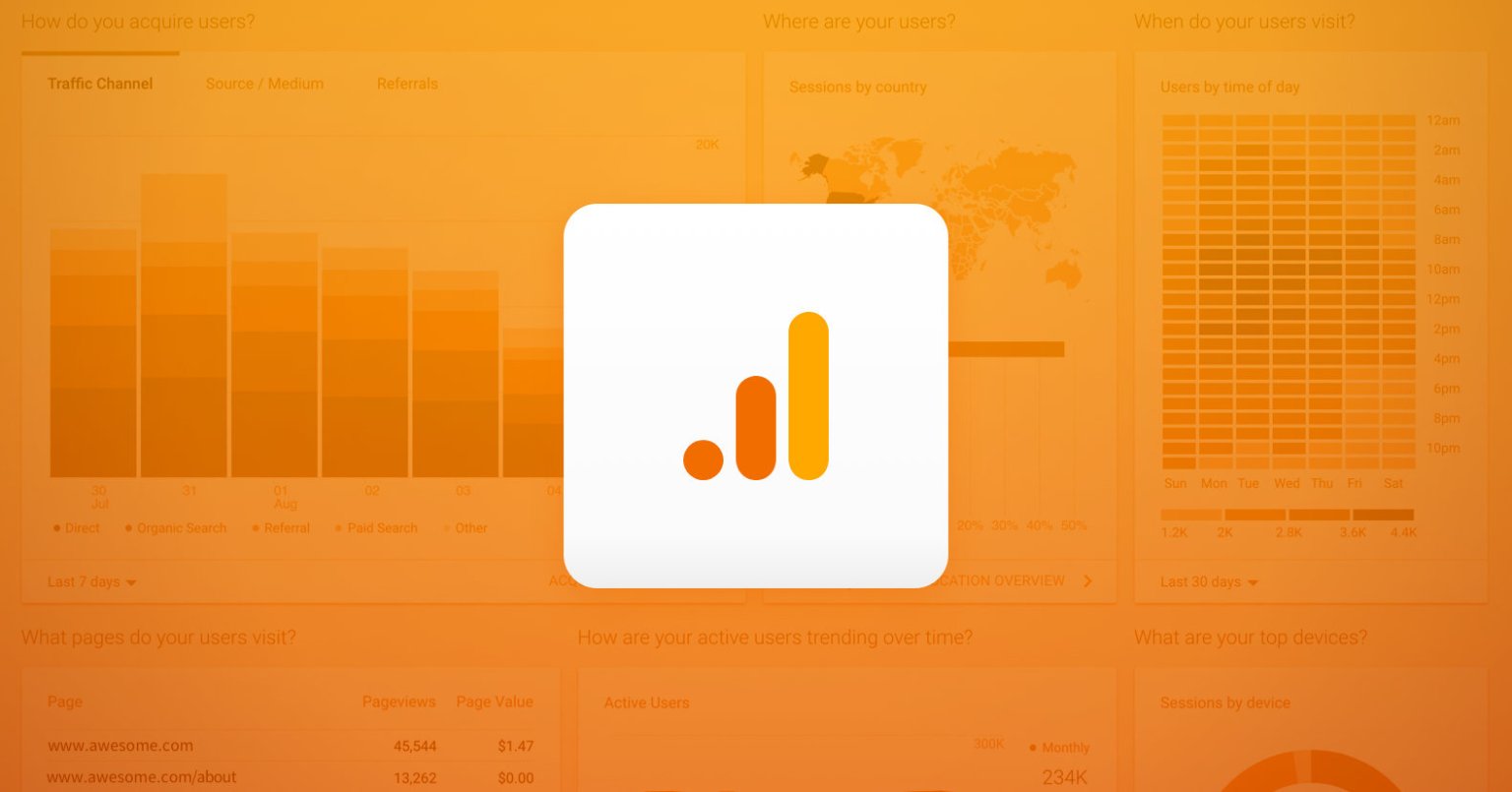What Is Inbound Marketing?
Generally speaking, inbound marketing is about creating valuable experiences that have a positive impact on people and your business. How do you do that?
You attract prospects and customers to your website and blog through relevant and helpful content. Once they arrive, you engage with them using conversational tools like email and chat and by promising continued value.
Finally, you delight them by continuing to act as an empathetic advisor and expert. Inbound marketing tactics include everything from content marketing and social media to technical SEO and UX optimization, email marketing, video, and even digital advertising.
Unlike outbound, with inbound, you don’t need to fight for your potential customers’ attention. By creating content designed to address the problems and needs of your ideal customers, you attract qualified prospects and build trust and credibility for your business.
What Is Inbound Marketing?
Inbound marketing is a business methodology that attracts customers by creating valuable content and experiences tailored to them. While outbound marketing interrupts your audience with content they don’t want, inbound marketing forms connections they’re looking for and solves problems they already have.
Inbound marketing is about delivering solutions and opportunities that have a positive impact on people and your business. By all means, an inbound marketing strategy can include a number of different channels and types of content to attract prospects and customers to your website.
But, inbound marketing is just one part of a larger movement in the business world. It’s the foundation for the idea that it’s not enough to just attract people to your website; you have to continue to help, support, and empower them well after they become a customer.
That’s how your business grows — by keeping Marketing, Sales, and Service constantly focused on how to help current and future customers. We call this the flywheel, and the philosophies of inbound permeate and accelerate that flywheel — from Attract, to Engage, to Delight — to help your business grow faster, and better.
What are the Benefits of Inbound Marketing?
On the other hand, marketers who employ digital inbound tactics use online content to attract their target customers. Especially onto their websites by providing assets that are helpful to them.
One of the simplest yet most powerful inbound digital marketing assets is a blog. This allows your website to capitalize on the terms which your ideal customers are searching for.
Ultimately, inbound marketing is a methodology that uses digital marketing assets to attract, convert, close, and delight customers online. On the contrary, inbound marketing is just one part of a larger movement in the business world.
Many marketing teams that have not fully embraced inbound marketing use a variety of inbound tactics including advertising, search engine optimization, social media, and email marketing. By diversifying tactics, marketing teams strive to increase their chances of success, but often lack a cohesive way to figure out if those efforts are working.
Which are the Stages of Inbound Marketing?
Inbound is a method of attracting, engaging, and delighting people to grow a business that provides value and builds trust. As technology shifts, inbound guides an approach to doing business in a human and helpful way.
Inbound is a better way to market, a better way to sell, and a better way to serve your customers. Because when good-for-the-customer means good-for-the-business, your company can grow better over the long term.
From a business perspective, the methodology represents the growth of your business. And happy customers provide the energy that fuels that growth. The inbound methodology is composed of three stages. Including, attraction, engagement, close, and delight.
Inbound businesses use the methodology to build trust, credibility, and momentum. It’s about adding value at every stage in your customer’s journey with you.
The key elements of inbound marketing include;
- Attract: Provide helpful content via your website or blog that is optimized for the terms your target audience is searching for.
- Convert: Using actionable language and calls-to-action, convert your audience members into leads. This happens when a visitor gives you permission to record their email address or other contact information in exchange for something of value you can provide, such as a PDF guide or other content offer, webinar tutorial, or free consultation.
- Close: Turn those leads into customers by nurturing them with email marketing, other valuable content, and ultimately sales conversations.
- Delight: Make your new customers want to become promoters or evangelists of your brand by providing exceptional customer service and making sure their experience with your company is one they’ll want to recommend to everyone they know.
From a business perspective, the methodology represents the growth of your business. And happy customers provide the energy that fuels that growth.
Either because they buy from you again or because they bring new customers to you. Especially by promoting your product to other people in their network. But, if you produce unhappy customers, they’ll slow your company’s growth.
May it be, either by selling to people who are bad fits for your offering or by overpromising and under-delivering.
What are the Best Practices for Inbound Marketing?





Comments
Post a Comment